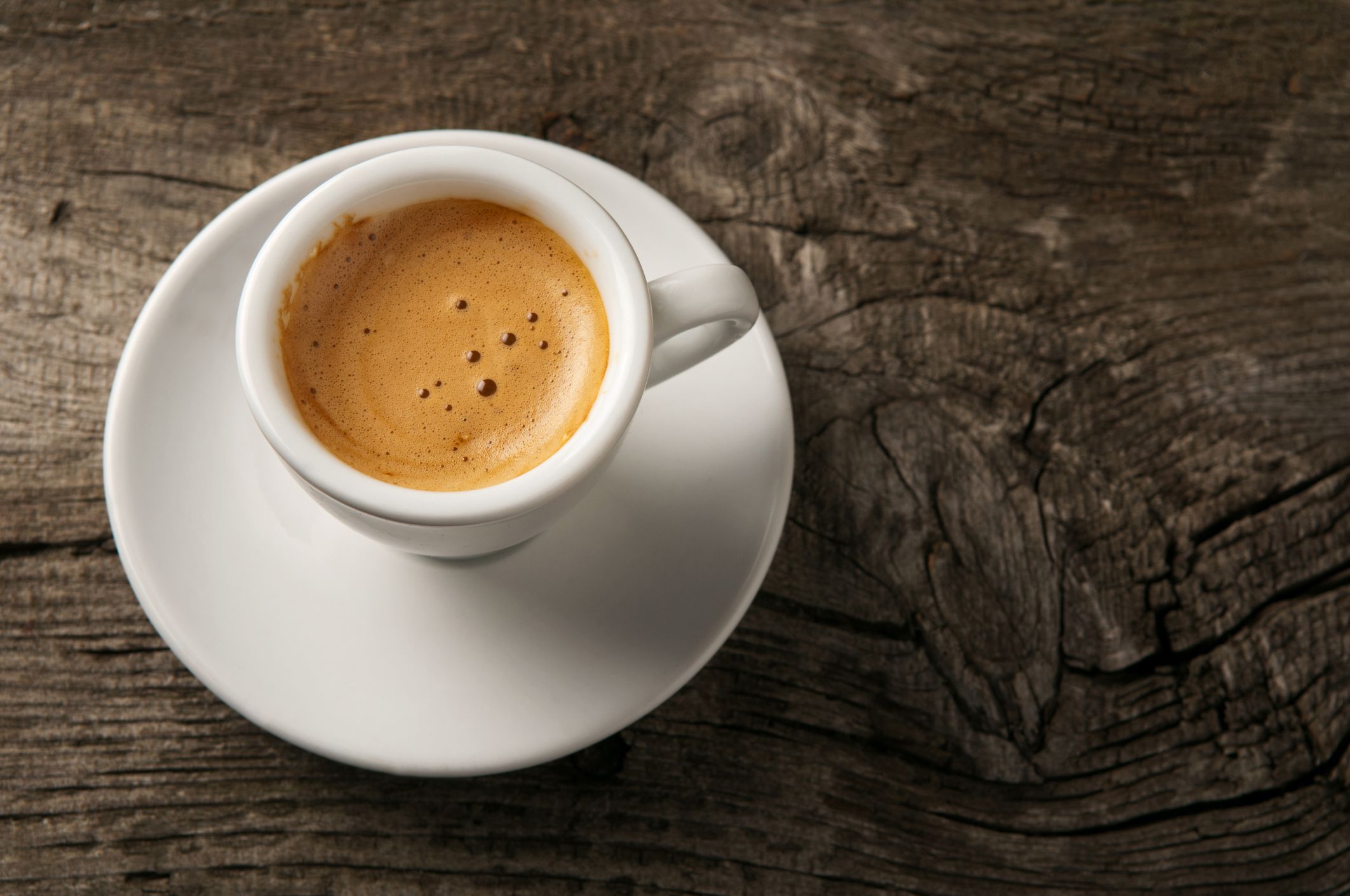
Espresso is the basis for the majority of the coffee and milk based drinks on the menu. The product costs are around 15 cents to make a shot of espresso, and about 35-40 cents to make a mocha, cappuccino or latte ? Naturally, equipment, staffing and location include a lot to the expense, however the low consumable costs vs. high list prices are one of the main reasons many coffee bars are springing up in the areas across America.
Follow the link for the full article Visit website.
This guide presents the practical information needed for you to select the right espresso equipment for your home, workplace, or business. Without a strong knowledge of the different espresso makers, the decision process might be confusing and somewhat overwhelming just due to the fact there are so many designs to select from. This guide is not really brief, however investing the time to read it will considerably improve your buying experience.
Espresso is simply another technique by which coffee is brewed. There are many different ways of developing coffee that include using a stove top coffee machine, percolator, French press (or coffee press), vacuum pot and others. Espresso is brewed in its own unique method.
Espresso is a beverage that is produced by pressing hot water, between 192F and 204F, at high pressures, through a bed of carefully ground, compressed coffee. The shot is brewed for roughly 25 to 30 seconds, and the very same time applies to both a single or double shot (double baskets are larger, with more screen location, and the coffee streams quicker - single baskets limit the flow more, leading to 1.5 ounces in 25-30 seconds).
An espresso device brews coffee by forcing pressurized water around boiling point through a "compacted disk" of ground coffee and a filter in order to create a viscous, concentrated coffee called espresso. The first machine for brewing espresso was built and patented in 1884 by Angelo Moriondo of Turin, Italy. Check this Twitter Moments collection for an in-depth introduction to the espresso machine.
⚡️ “How to Choose an Espresso Machine” by @coffeeblogger1 https://t.co/sTC6SIx6Yw
— Coffee Lover (@coffeeblogger1) February 28, 2021
The resulting drink, either a single or a double, is topped with a dark golden cream, called crema when brewed effectively. Crema is among the visual indications of a quality shot of espresso. Consuming an espresso is in itself an art form of sorts. In Italy, where most real espresso is purchased in a coffee shop, it is popular to raise cup and saucer, smell the shot, and drink it in 3 or 4 rapid gulps. You finish the "event" by clacking the cup back on the saucer in a firm but not-too-hard way.
Espresso is confusing because typically, it isn't ready correctly. True espresso, brewed with a pump or piston driven espresso maker is really requiring on the bad coffee bean grinds. However before we enter into the relative 'abuse' that ground coffee is put through to produce a remarkable espresso, let us take a step back and talk about a bit more the misunderstandings about the drink.
Espresso is not a type of bean: This is a typical mistaken belief, and unreliable marketing by coffee chains, supermarket, and even word of mouth give the impression that espresso is a kind of bean. Any coffee bean can be utilized for espresso, from the most typical Brazils to the most exotic Konas and Ethiopian Harar coffees.
Espresso is not a type of coffee beans blend: This one is likewise a common misunderstanding, but with some reality to the claim because there specify blends designed for espresso. The issue is, lots of people believe there is only one type of blend that is fit for espresso. Many high quality micro roasters would disagree with this - Roaster Craftsmen the world over work vigilantly by themselves version of "the ideal espresso blend".
Espresso is not a Roast Type: Another popular misunderstanding is that espresso can just be roasted one method (and usually the thought is that espresso must be super dark and glowing with oils). The Northern Italian way of roasting for espresso is producing a medium roast, or more commonly known as a "Complete City" roast if you like on the west coast of the U.S.A..
Espresso is the basis for many of the coffee and milk based drinks on the menu. Espresso is a beverage that is produced by pushing hot water, between 192F and 204F, at high pressures, through a bed of finely ground, compressed coffee. True espresso, brewed with a pump or piston driven espresso machine is very requiring on the poor coffee bean grinds. Espresso is not a type of blend: This one is likewise a typical misconception, however with some reality to the claim in that there are particular blends designed for espresso. Espresso is not a Roast Type: Another popular misunderstanding is that espresso can only be roasted one method (and normally the thought is that espresso should be incredibly dark and glistening with oils).
The full tutorial, and more espresso brewing information at Coffee-Brewing-Methods.com